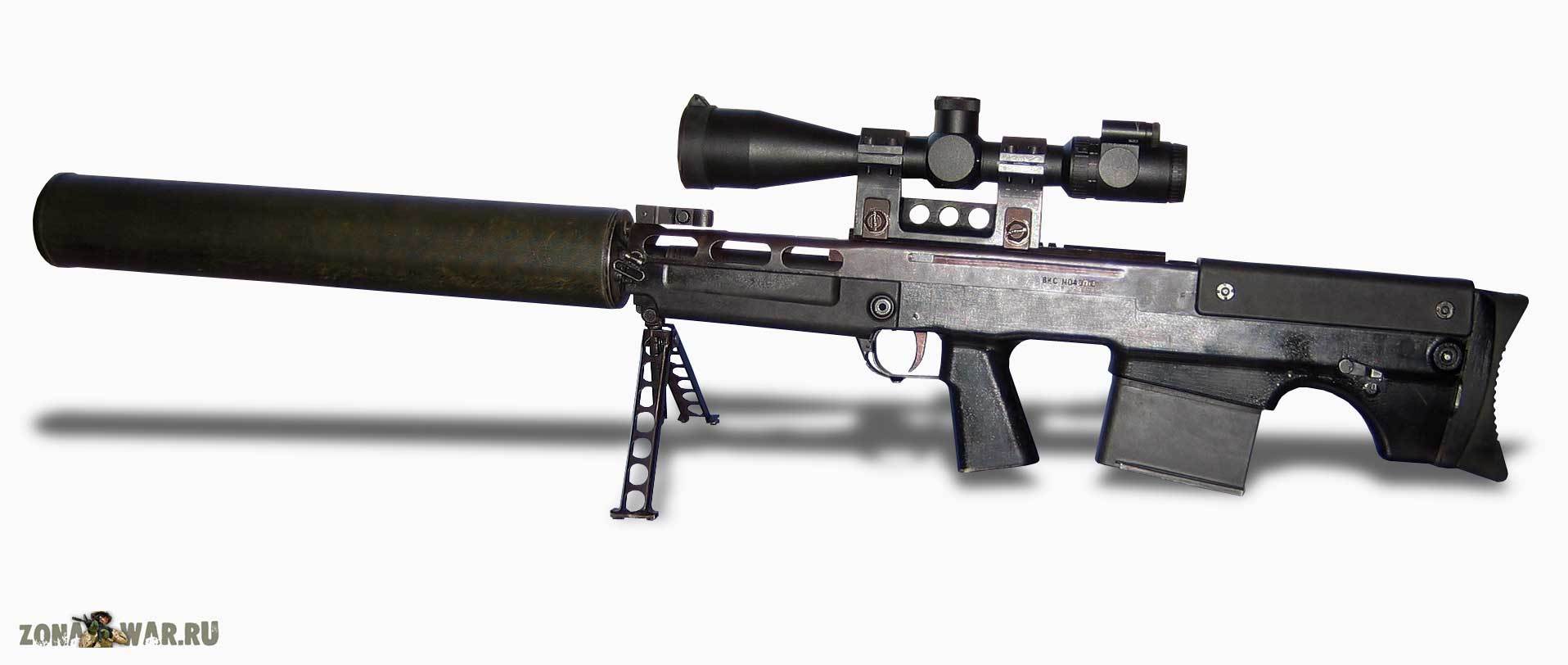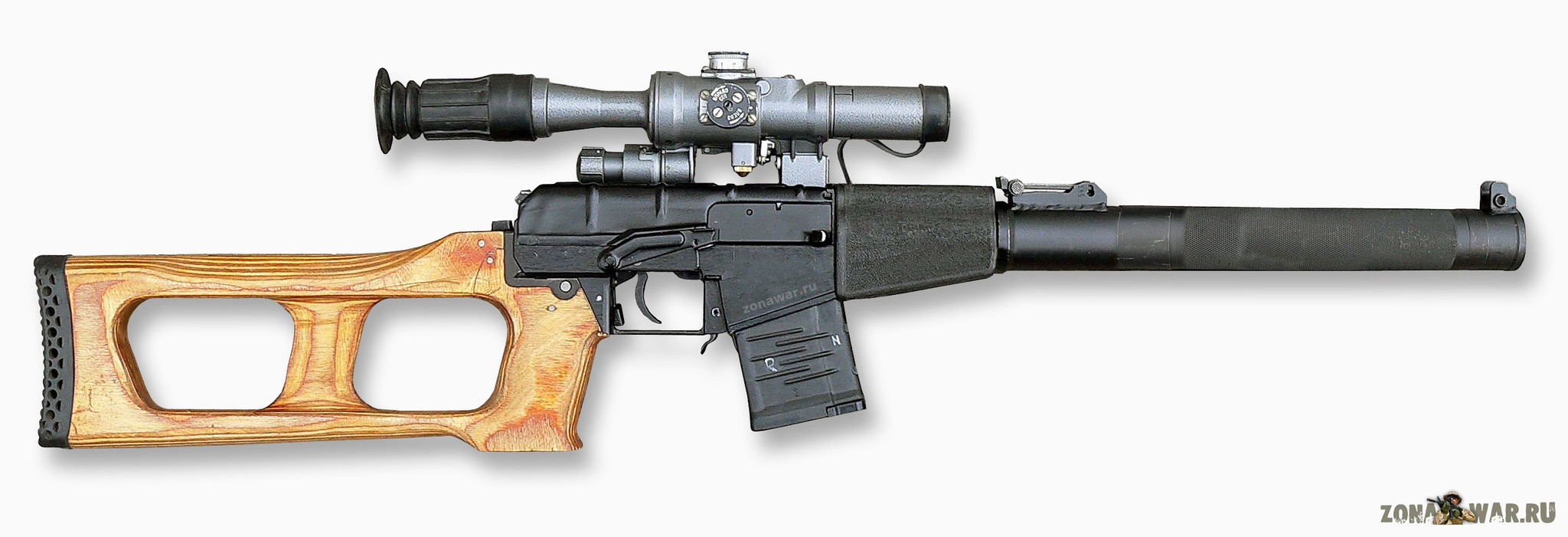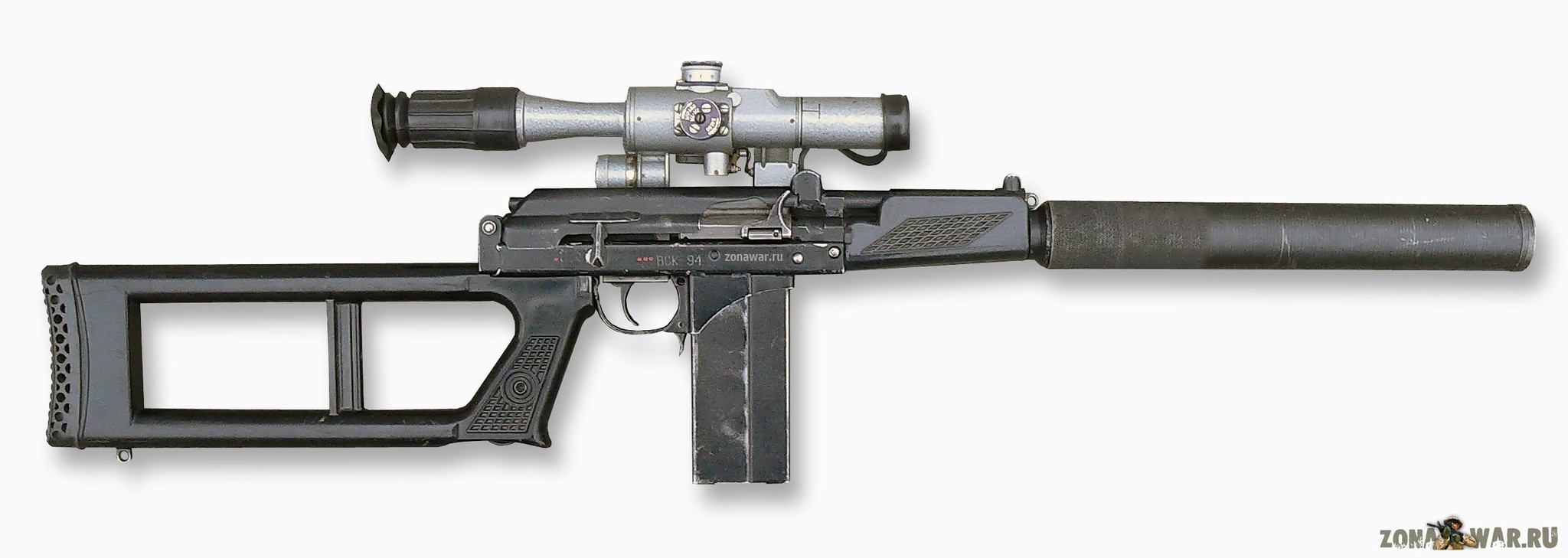
The task for developing an underwater pistol for divers was issued in 1968. After several designs using semi-self-propelled and self-propelled ammunition were considered, a multi-barrel non-automatic underwater pistol operating on the self-propelled scheme was selected for further development.
The pistol was developed by TsniiTochMash designer V. V. Simonov, a grand-nephew of the renowned domestic armorer S. G. Sirnonov, while the 4.5 mm SPS cartridge was designed by PF. Sazonov and O.P. Kravchenko. The work was done in cooperation with the Tula Arms Plant. The SPS cartridge and the SPP-1 four-barrelled special underwater pistol were fielded in 1971.
The conditions of bullet motion under water are totally different from those in the air.
When a bullet leaves the bore, it enters an environment differing from air in density (water features an 800-fold greater density), pressure, and viscosity. Besides, water does not compress. A bullet with small length-to-caliber ratio will simply tip over, and the gyroscopic effect (resulting from spin) will not ensure stability of such a bullet under water. However, a different design of the barrel and the bullet can turn drawbacks into advantages.
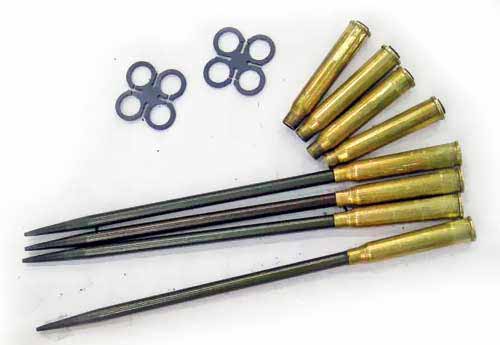
The bullet of the SPS underwater cartridge is an extremely long dart (a length-to-caliber ratio of 25:1, bullet length 115 mm) with a slightly blunt nose and weighs 13.2 g. The bullet is stabilized under water by the cavity pocket, which is generated around the bullet along almost its length — the hydrodynamic cavitation is observed when a bullet moves under water at a high speed. The cavity pocket helps stabilize the bullet. Since there is no need to spin the bullet inside the bore, the bullet is fired from a smooth bore with a gap. The SPS cartridge case features a protruding rimmed base.
The effective range of fire for the SPS cartridge decreases with the depth at which the pistol is fired, but always exceeds the visual range at a respective depth.
The bullet can reliably kill an enemy frogman wearing a padded underwater suit. Besides, the SPP pistol may be used by a diver for self-defense against dangerous marine predators.
The pistol has a tip-up four-barrelled cluster. The cluster is hinged to the frame by pins and is tipped up for loading similar to hunting guns. The design allows the pistol to fire 145-mm long cartridges.
A special four-round clip is loaded into the barrels of the pistol from the rear. During reloading, the clip with the spent cartridge cases is ejected manually.
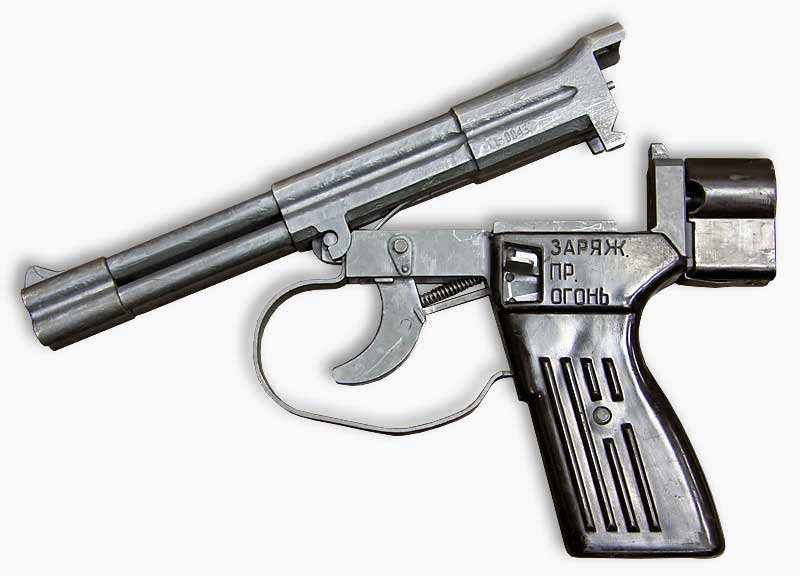
The double-action trigger and firing mechanism includes a rotating firing pin and fires one cartridge sequentially for each pull of the trigger. When the trigger is pulled, the striker rotates by 90° and. moving along the spiral cam, fires the cap of the next cartridge.
A manual safety Sever is mounted on the left side in a recess of the pistol grip. The safety lever also locks the barrel cluster. The pistol is fitted with an open foresight and a fixed rear sight.
The SPP-1M pistol, developed in 1979, is equipped with an additional spring to improve the trigger pull in addition the trigger guard is larger to accommodate three-fingered padded diving gloves.
The pistol is carried in a closed belt holster made of imitation leather. 12 cartridges are carried inside metal waterproof carrying cases.
Production of the 4.5 mm SPP-1M underwater pistols as well as the 5.56 mm APS underwater assault rifles was established at the Tula Arms Plan! This underwater weapon system intended for combat divers has no direct foreign counterparts.
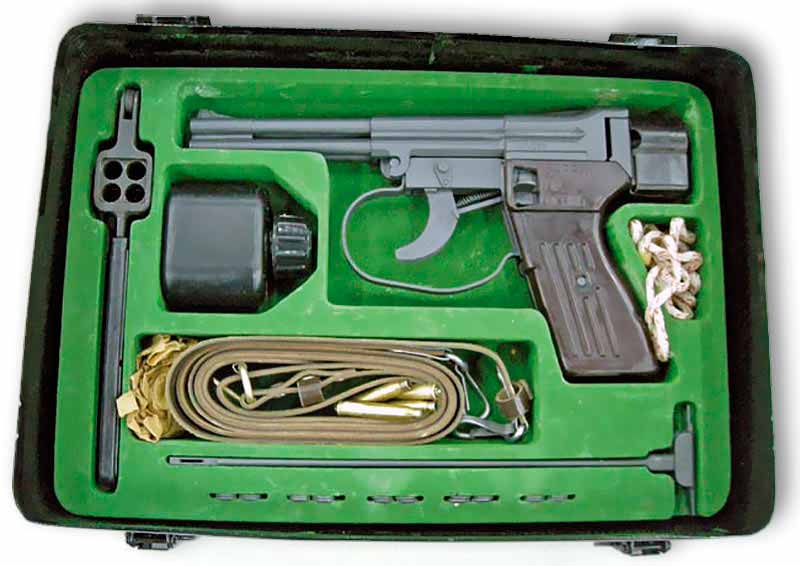
Specifications SPP-1M
Caliber: 4,5 mm
Cartridge: SPS (4.5×39)
Weight w/o cartridge: 0,95 kg
Length: 244 mm
Barrel length: :203 mm
Muzzle bullet velocity in the air: 250 m/sec
Sighting range:
at depth of 5 m: 17 m
at depth of 20 m: 11 m
at depth of 40 m: 6 m
Cartridge clip capacity: 4 rds


